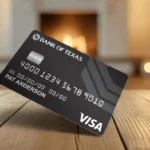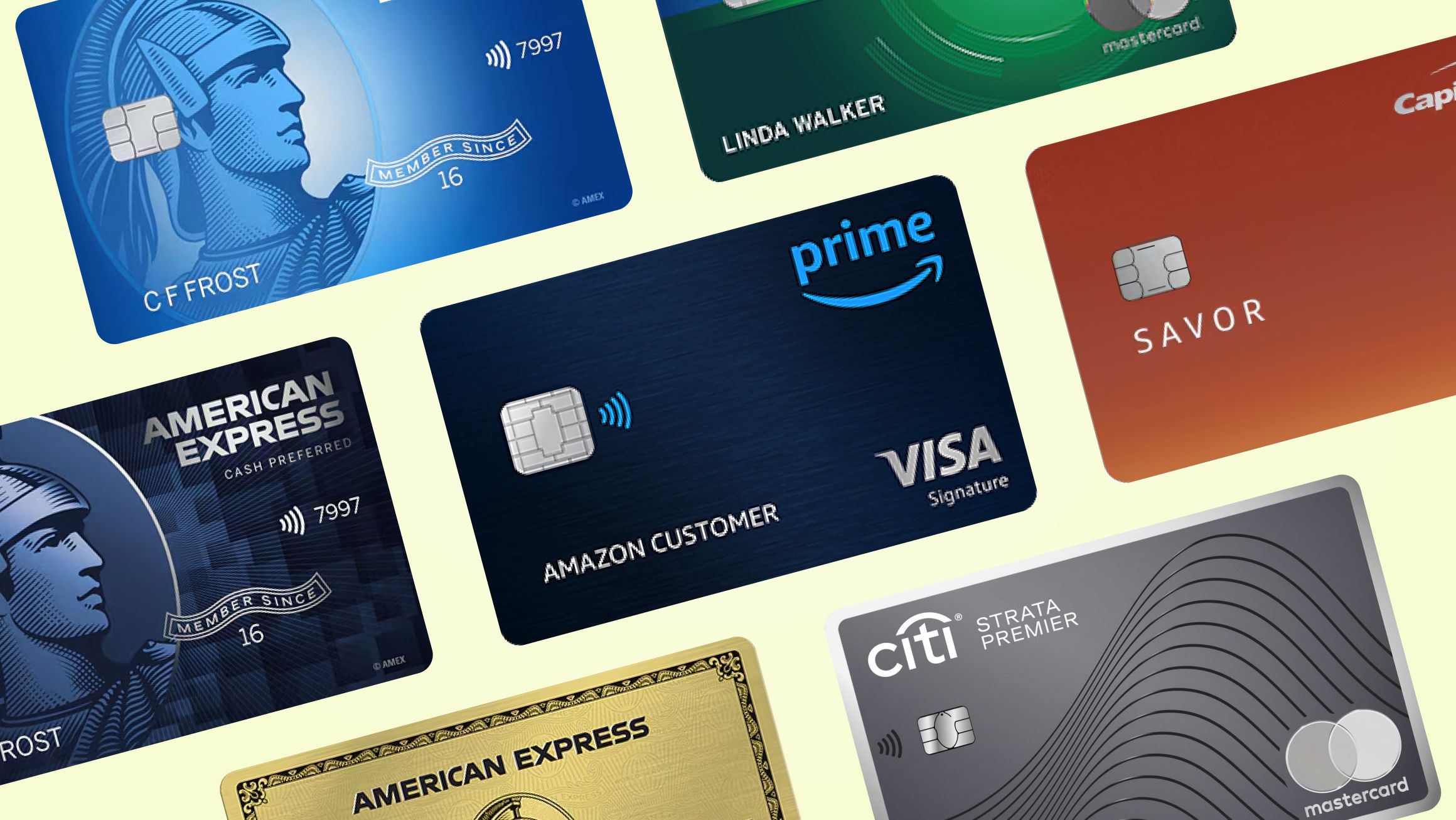Credit cards are convenient financial tools, offering flexibility for purchases, emergency expenses, and building credit history. However, one area that many people misunderstand—or misuse—is cashing out credit cards. Also known as a cash advance, this practice allows you to withdraw money directly from your card instead of using it for purchases. While this option may seem simple and quick, it comes with risks and responsibilities. Understanding how to cash out a credit card responsibly can help you avoid debt traps and maintain a healthy financial standing.
This article explains what 신용카드현금화 out really means, the potential drawbacks, and practical strategies for using this feature without harming your finances.
What Does It Mean to Cash Out a Credit Card?
Cashing out a credit card refers to taking a cash advance from your available credit. Instead of swiping the card at a store or online, you withdraw cash from an ATM or request it directly from your bank. The amount you take is added to your credit card balance, and you’re expected to repay it just like any other credit card charge.
There are several ways to access cash using your credit card:
- ATM withdrawals: Insert your card into an ATM and withdraw cash, similar to a debit card.
- Bank withdrawals: Request cash directly from your card issuer’s bank branch.
- Convenience checks: Some credit card companies send checks that function like cash advances.
Although these methods can provide quick access to funds, they often come with higher costs and different terms than standard purchases.
The Hidden Costs of Cashing Out
Before considering a cash advance, it’s crucial to understand the financial implications. Unlike regular card transactions, cashing out usually comes with:
- High interest rates – Cash advance APRs are often much higher than purchase APRs. For example, if your regular interest rate is 18%, a cash advance may be 24% or more.
- Immediate interest accrual – Unlike purchases, which may have a grace period, interest on cash advances starts accruing immediately.
- Transaction fees – Credit card companies charge a fee for each cash advance, usually between 3% to 5% of the amount withdrawn.
- ATM fees – On top of the card issuer’s fees, the ATM owner may charge its own withdrawal fee.
- No rewards or perks – Cash advances do not earn cashback, points, or other rewards.
When you add up these costs, borrowing through a credit card cash advance can become very expensive if not handled responsibly.
When It Makes Sense to Cash Out a Credit Card
While experts generally recommend avoiding cash advances, there are situations where cashing out can be justified:
- Emergency expenses – If you face a medical bill, car repair, or urgent need where no other funds are available.
- Short-term liquidity needs – When you need immediate cash and know you can repay it within days or weeks.
- Unavailability of alternatives – If you cannot access a personal loan, line of credit, or other borrowing option.
The key is to view credit card cashing as a last-resort solution, not a regular financial habit.
How to Cash Out a Credit Card Responsibly
If you find yourself in a situation where cashing out your card is unavoidable, here are steps to do it responsibly:
1. Understand Your Terms First
Check your credit card agreement for details about cash advance APRs, fees, and limits. Many issuers cap how much you can withdraw—often lower than your full credit limit.
2. Borrow Only What You Need
It may be tempting to withdraw a large amount, but the more you take, the higher the fees and interest. Stick to the minimum amount necessary to cover your urgent expense.
3. Plan a Quick Repayment
Since interest starts accruing immediately, the best way to minimize costs is to repay the cash advance as quickly as possible. Even paying back within a few weeks can save significant money.
4. Use a Low-Fee ATM or Bank
Whenever possible, withdraw from your card issuer’s ATM or bank branch to avoid third-party ATM fees.
5. Avoid Repeated Cash Advances
Using cash advances frequently can signal financial instability, making it harder to get loans or even affecting your credit score. Keep this option strictly for emergencies.
6. Monitor Your Credit Utilization
Taking a large cash advance increases your overall 카드깡 balance. High credit utilization (using more than 30% of your credit limit) can negatively impact your credit score.
7. Consider Alternatives First
Before cashing out, explore other options such as:
- Personal loans with lower interest rates.
- Borrowing from family or friends.
- Using emergency savings.
- Employer salary advances.
Alternatives to Cash Advances
Relying on cashing out a credit card can lead to long-term debt if it becomes a habit. Safer alternatives include:
- Personal Loans: Many banks and credit unions offer small personal loans with lower interest rates than cash advances.
- Credit Union Short-Term Loans: Credit unions often provide payday alternative loans (PALs) with better terms.
- Overdraft Protection: If linked to a checking account, overdraft protection may be less costly than a cash advance.
- Peer-to-Peer Lending: Online platforms sometimes provide quick access to small loans at competitive rates.
Building Responsible Credit Habits
To reduce the need for cash advances altogether, focus on improving your financial habits:
- Build an Emergency Fund – Even a small savings cushion can prevent reliance on credit card cash-outs.
- Budget Effectively – Track expenses and income to reduce unnecessary spending.
- Pay Down Existing Debt – Lower balances free up credit availability in emergencies.
- Maintain Good Credit – A higher credit score opens access to better borrowing options.
The Risks of Irresponsible Cashing Out
When misused, cashing out a credit card can create serious financial problems:
- Debt Cycle – High fees and interest make it difficult to repay, leading to more borrowing.
- Credit Damage – High balances and missed payments lower your credit score.
- Stress and Anxiety – Constant financial pressure affects mental and emotional well-being.
This is why experts emphasize that cashing out should always be the exception, not the rule.
Conclusion
Cashing out a credit card is a tool—not a trap—if used wisely. It provides quick access to funds when you need them most, but it also carries some of the highest costs in personal finance. The key to using it responsibly lies in understanding your card’s terms, borrowing only what you need, repaying as quickly as possible, and avoiding repeated reliance on this feature.
By considering alternatives, building an emergency fund, and practicing responsible credit habits, you can minimize the risks of credit card cash-outs and maintain long-term financial stability.
In short: treat your credit card cash-out like a fire extinguisher—something you hope not to use, but are glad to have in an emergency.









